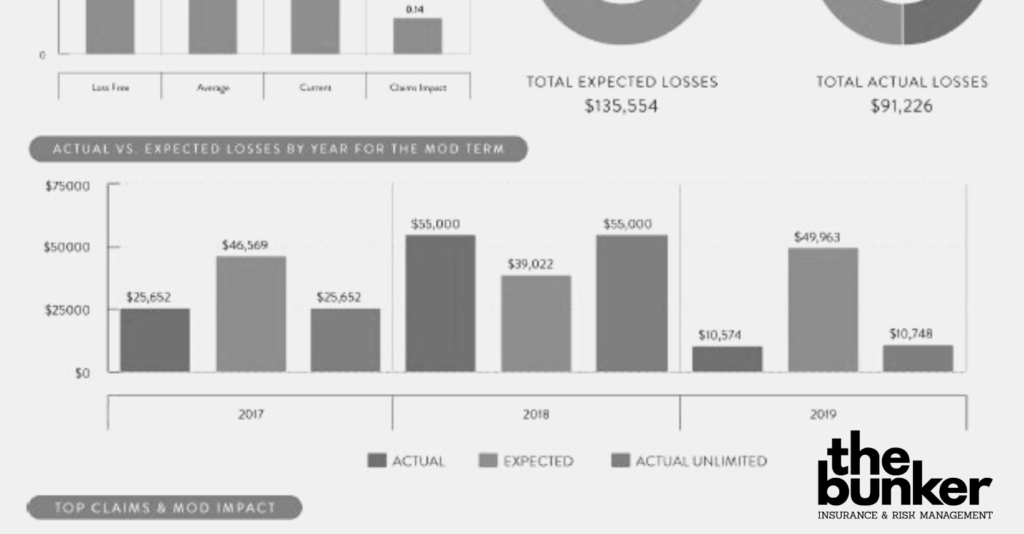In the complex landscape of risk management, one crucial metric that stands as a beacon for businesses is the Experience Modification Rate (EMR). Let’s jump right in.
What is EMR?
At its core, the Experience Modification Rate is a numerical representation of a company’s historical workers’ compensation claims compared to its industry average. It serves as a powerful tool for insurance underwriters to assess the risk associated with insuring a particular business. The mod is calculated based on factors such as claim frequency, claim severity, and other variables, making it a dynamic and influential metric. It can be either above or below the industry average of 1.0. Above 1.0 means your claims history is worse than the industry average for workers compensation insurance while below a 1.0 means it is better.
How is an Experience MOD Factor Calculated?
In Florida, your experience MOD is calculated by the National Council on Compensation Insurance (NCCI). A formula that considers the ratio between expected losses in your industry and the losses your organization actually incurred, as well as both the frequency and severity of those losses, is used to determine your experience mod. An organization with one large loss will be penalized less severely than a company with many small losses because a higher frequency of claims is an indication that you may experience additional losses in the future.

Claim Frequency vs. Claim Severity
To delve into the heart of EMR, it’s crucial to understand the interplay between claim frequency and claim severity. Claim frequency refers to the number of claims a business files, while claim severity measures the monetary impact of each claim. One large severe claim will have less impact on your MOD than several smaller claims. Frequency weighs heavier than severity. Because frequency of claims is a byproduct of poor safety controls and lack of management oversight, the mod equation is created to elevate the mod faster for frequency than severity.
The Power of Safety Programs
One major factor that can tip the scales in your favor is the implementation of robust safety programs. These programs not only ensure the well-being of your employees but also contribute to lowering your mod through loss prevention credits. The basics of your safety program should include:
- Safety Meetings
- Safety Tests
- Safety Equipment and Tools (i.e. safety goggles, safety shoes)
- Ensure employees know how to perform their work
- Reward for safe behavior
Claim Reserving: A Balancing Act
First, let’s establish what claim reserves are. When a claim is made, the insurance company will set aside a specific amount of money, the ‘reserve’, to handle the anticipated costs of that claim. This could include medical bills, rehabilitation costs, and any other potential expenses. Accurate claim reserving is another critical aspect that can significantly impact your EMR. If the reserves are set too high by the carrier and they are not adjusted in a timely manner, you may end up paying higher premiums due to an inflated EMR.
Industry Benchmarks: Setting the Standard
Comparing your MOD to industry benchmarks is akin to placing your business on a map. Understanding where you stand in comparison to peers in the same sector provides valuable insights. At The Bunker, we can help you understand where your business compares to your peers, and how you can better your MOD. An accurate and timely review can lead to substantial savings and a clearer representation of your company’s risk profile.
Schedule your appointment with our Founder and CEO, Ciara, to get your MOD analysis report today!
